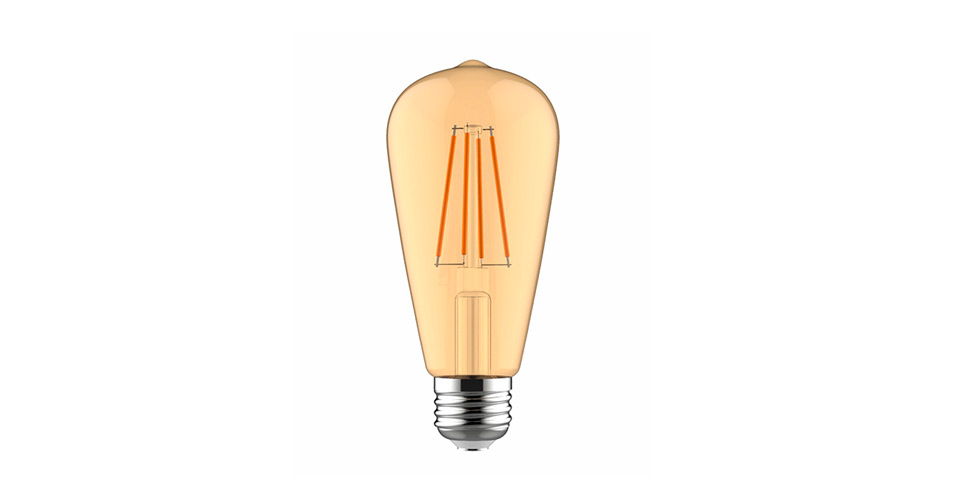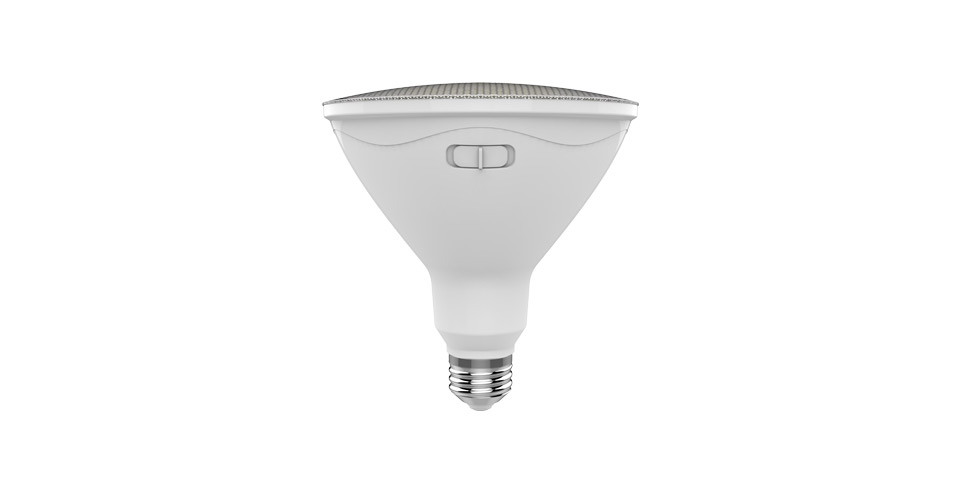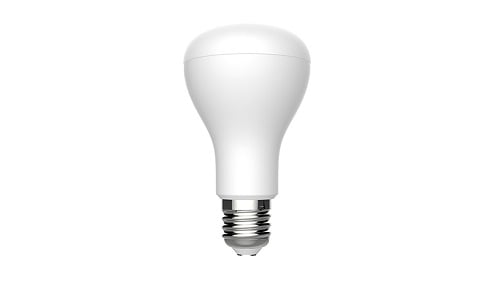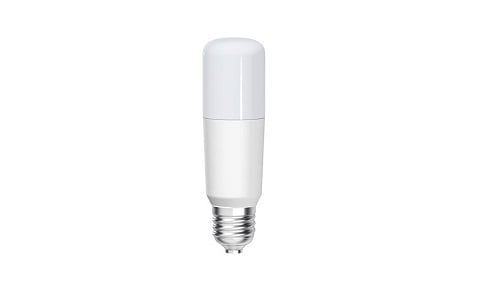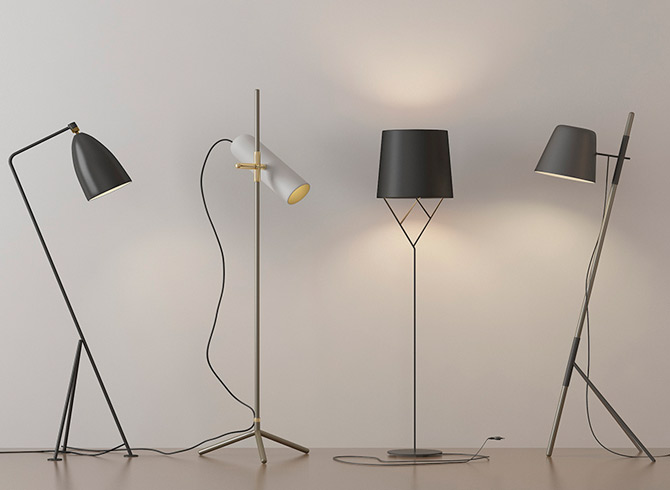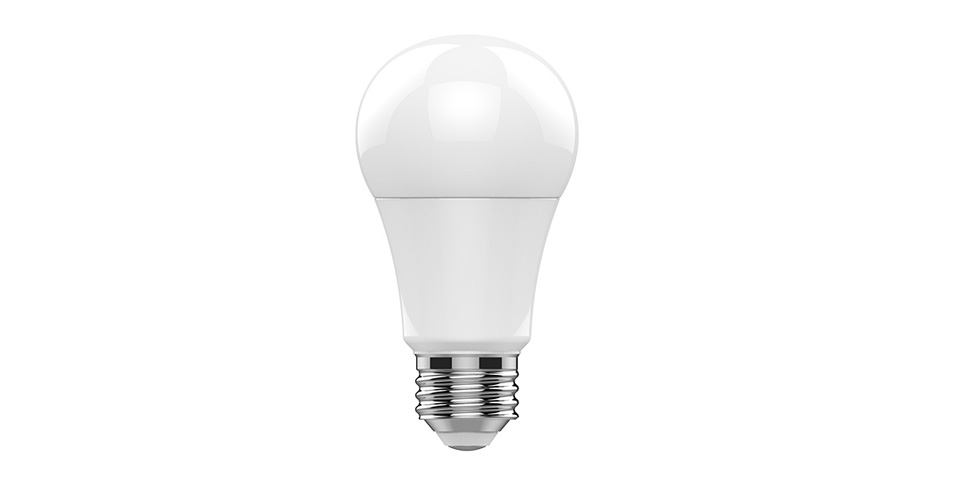
In the fascinating realm of indoor gardening and hydroponics, one key factor stands tall as a cornerstone for successful plant growth - light. Light is not just a source of illumination; it is an essential energy source that fuels the process of photosynthesis, enabling plants to convert light energy into chemical energy. Traditionally, sunlight has been the primary source of light for plants, but with the advent of advanced technology, particularly LED grow lights, indoor plant cultivation has taken a quantum leap. In this blog, we will delve into the science behind light spectrum and its impact on plant growth, with a focus on the popular LED grow lights.
Before we dive into the world of grow lights, it is crucial to understand the process of photosynthesis. Photosynthesis is a complex biochemical process that takes place in the chloroplasts of plant cells. It involves the conversion of carbon dioxide and water into glucose and oxygen, with the help of light energy. The key players in this process are chlorophyll pigments, which are sensitive to different wavelengths of light.
The light spectrum consists of various colors, each corresponding to a specific wavelength of light. These colors can be broadly categorized into visible and non-visible light. The visible light spectrum ranges from violet (shorter wavelength) to red (longer wavelength), with blue, green, and yellow in between. On either side of the visible spectrum, there are ultraviolet (UV) and infrared (IR) lights, respectively.
Photons are the fundamental units of light that carry energy. When these photons interact with plant cells, they are absorbed by photoreceptors. These photoreceptors are specialized proteins that are sensitive to different wavelengths of light. The primary photoreceptors involved in plant growth are phytochromes, cryptochromes, phototropins, and UV-B photoreceptors. Each of these photoreceptors responds differently to specific wavelengths, triggering various physiological responses in plants.
Red Light: Red light has a longer wavelength, and it plays a crucial role in stimulating flowering and fruiting in plants. It is primarily absorbed by the phytochrome photoreceptors, which initiate the transition from the vegetative to the reproductive phase in plants.
Blue Light: Blue light has a shorter wavelength and is essential for promoting vegetative growth, chlorophyll production, and the development of strong stems and leaves. It is mainly absorbed by the cryptochrome and phototropin photoreceptors.
Green Light: Green light is not as readily absorbed by plants, which is why they appear green to our eyes as they reflect green light. However, some recent studies suggest that green light may have a minor role in enhancing specific plant processes.
UV Light: UV light has both positive and negative effects on plant growth. In small doses, it can enhance the production of secondary metabolites, contributing to the plant's defense mechanisms. However, excessive exposure to UV light can be harmful and cause damage to the plant's DNA.
Traditional lighting systems like High-Intensity Discharge (HID) lamps and Compact Fluorescent Lights (CFLs) have been used for indoor plant cultivation for years. However, they are relatively inefficient and generate a significant amount of heat, making it challenging to control the temperature in enclosed spaces. This is where LED grow lights come into play.
Energy Efficiency: LED grow lights are highly energy-efficient as they produce light in the specific wavelength ranges that are most beneficial for plants. They waste minimal energy on producing light in colors that plants cannot use effectively.
Customizable Spectrum: Unlike traditional lights, LED grow lights can be customized to provide a specific light spectrum that suits the needs of different plant species and growth stages. This adaptability allows growers to optimize their lighting setups for maximum productivity.
Reduced Heat Output: LED grow lights emit significantly less heat compared to HID lamps or CFLs, making it easier to control the temperature in indoor growing environments. Lower heat output also reduces the risk of heat stress and damage to plants.
Long Lifespan: LED grow lights have a longer lifespan compared to traditional lighting systems, which means reduced maintenance costs and longer periods between replacements.
Environmentally Friendly: LED grow lights are more environmentally friendly as they consume less electricity, leading to lower greenhouse gas emissions.
Full spectrum LED grow lights aim to mimic the natural sunlight as closely as possible by providing a balanced combination of red, blue, green, and sometimes UV and IR lights. These lights are designed to meet all the light requirements of plants throughout their growth cycle, from germination to flowering.
The science behind light spectrum and its impact on plant growth is a complex yet fascinating field of study. Through an understanding of the role of different light colors and photoreceptors, we can now design highly efficient and customizable LED grow lights that cater to the specific needs of different plant species and growth stages. As indoor gardening and hydroponics continue to gain popularity, the role of LED grow lights as the driving force behind successful plant cultivation cannot be understated. Embracing this technology not only allows for year-round gardening but also opens up possibilities for sustainable agriculture and food production in the future. So, whether you are an avid indoor gardener or a commercial horticulturist, investing in the right LED grow lights can unlock the full potential of your plants and pave the way for a greener and brighter tomorrow.

